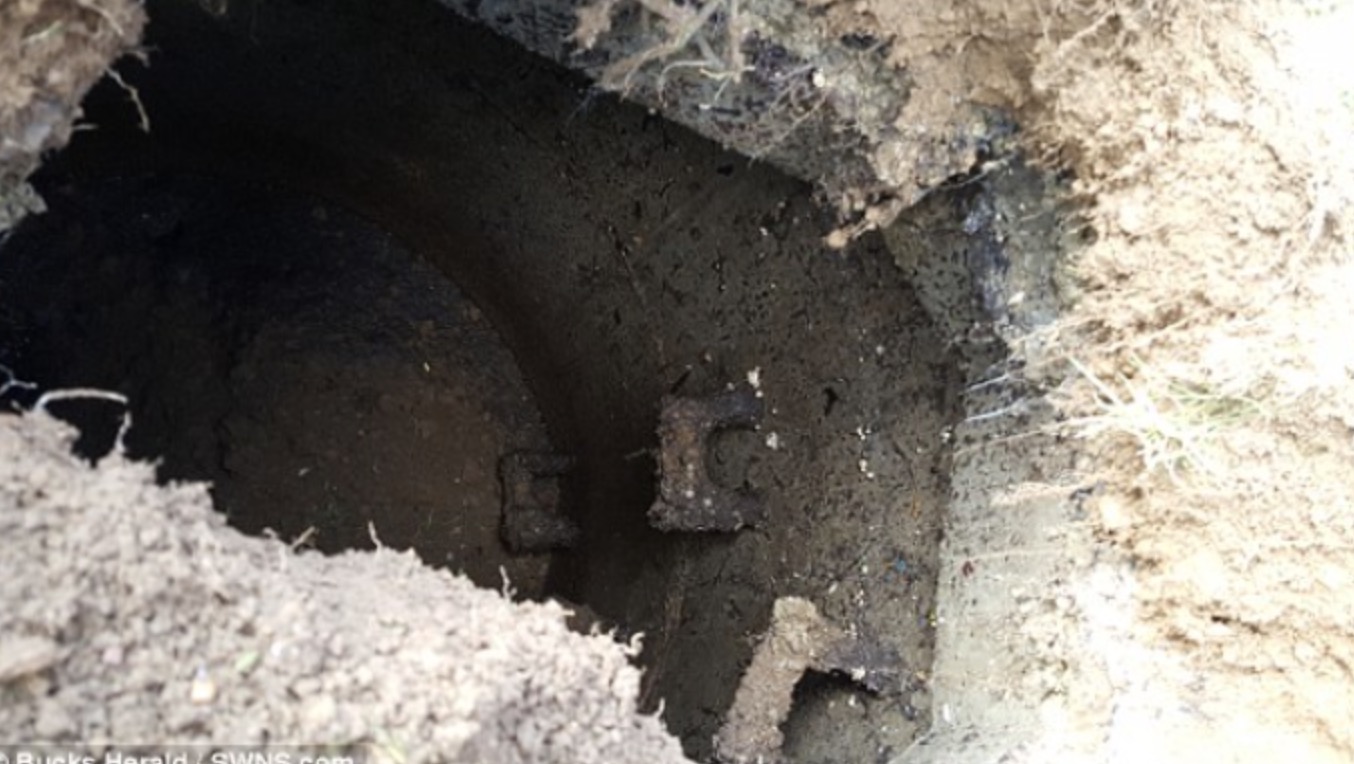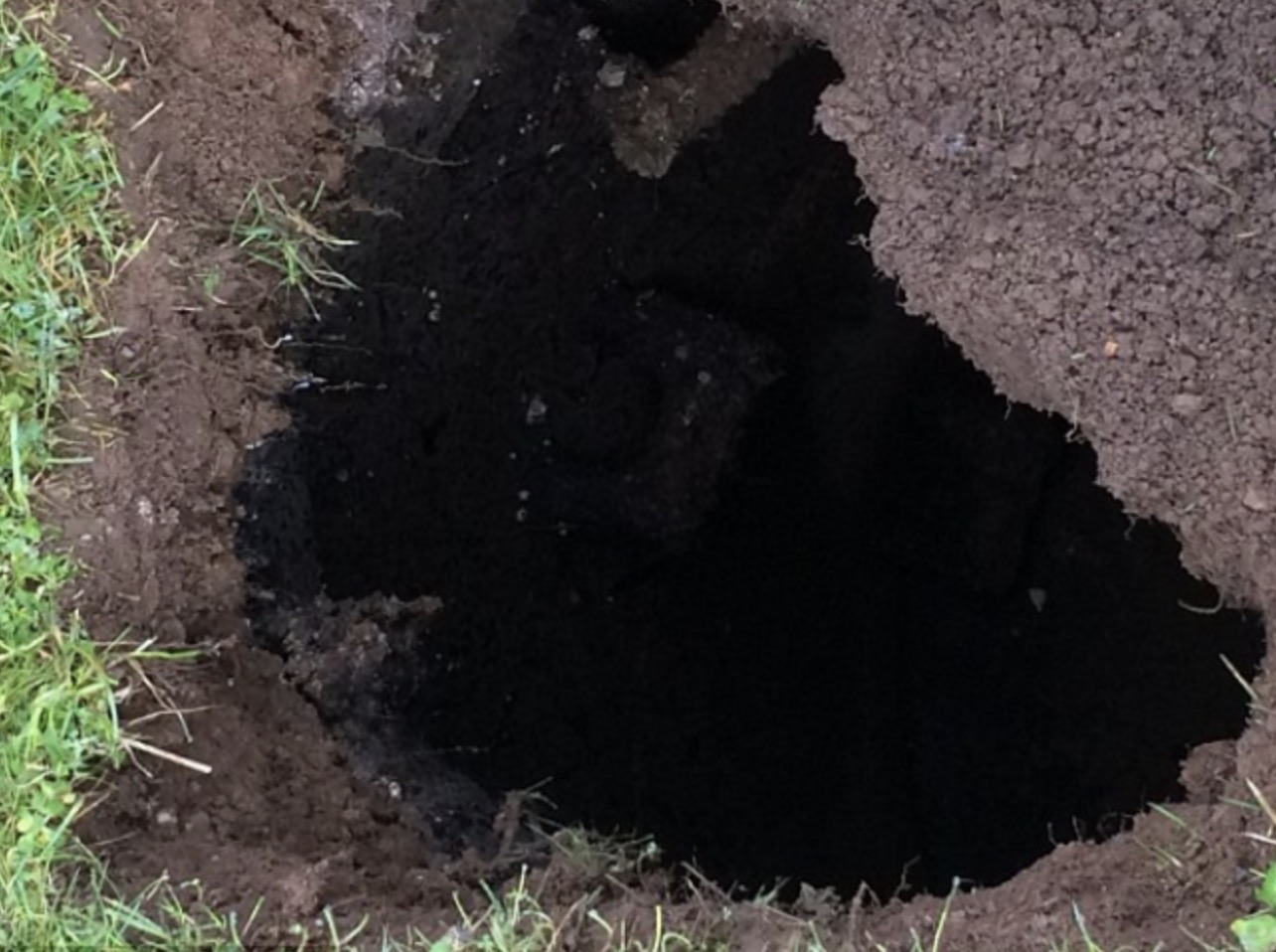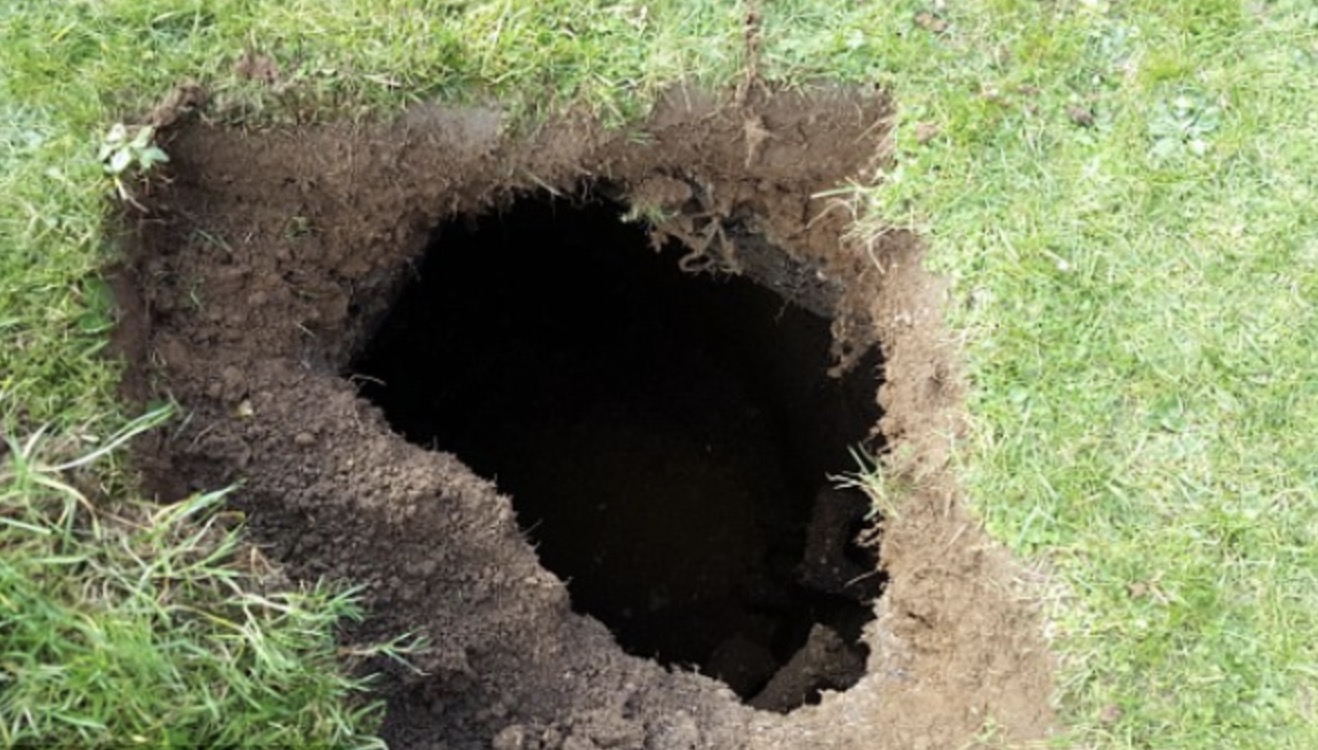
A lot of big, tragic and important things have happened to this wonderful country of ours since April 2014. None of which I have covered. I was too busy writing about hungover parenting, ancient philosophy and my dog Colin.
Out of the 536 columns I have written, 27 were about that guy. Far too few. He is such a good boy, he deserves an article a week.
Today is the end of an era for me, and whenever these final events pop up in our lives, we can’t help but think about the ultimate end.
Everything we do, we will one day do for the last time. That’s why you have to enjoy things while they are around. It’s not just big events like leaving a job, house or loved one either. Whatever moment you happen to be in now, you will never get it back, and you don’t know how many more you have.
Everything we do in life, from eating pizza to spending time with the people we love, to driving, writing, drinking or breathing, we will one day experience for the final time. It might happen tomorrow. This can be either a depressing or an inspiring thought, depending on how you look at it.
A few years back in this column, I interviewed professor of philosophy William B Irvine, of Wright State University, Ohio, on this very topic. He put it this way on a Zoom call: “Recognition of the impermanence of everything in life can invest the things we do with a significance and intensity that would otherwise be absent. The only way we can be truly alive is if we make it our business periodically to entertain thoughts of the end.”
Today’s column is very meaningful to me because it is my last. Like the last night with a lover before she goes overseas. And just like a lover, there have been some half-arsed efforts put in from me over the years. Last week, for example, I spent 750 words moaning about how bad my cricket team is. But the truth is that any of my columns could have been the final. If I had reminded myself every week for the past 10 years that the end is inevitable, I may have been more grateful for having a column and appreciated writing them all as much as I am this one.
While everything we do could have more meaning with a focus on finitude, some things are inherently more worthwhile than others. There is no doubt my column “The pros and cons of wearing Speedos” from November 2022 was less meaningful than most things in this world. That was a waste of everyone’s time. So, if we only have so much time, how do we pick the best things to do?
Well, Oliver Burkeman, the author of Four Thousand Weeks – Time Management For Mortals, suggested this to me in a 2022 column: “Ask yourself, does this choice enlarge me? You usually know on some unspoken level if it does. That’s a good way to distinguish between options.”
With that in mind, I don’t feel great about my 2018 article on “New Zealand’s best hole”. That didn’t enlarge anyone.
There will be people reading this column right now who have loved my writing in the Herald and are sad to see it end. Others will have hated it and are glad to see me go. Many won’t have any opinion at all. But for those in the first camp, I have good news. I have a book coming out on May 28 called A Life Less Punishing – 13 Ways To Love The Life You Got (Allen and Unwin Book Publishers). It’s a deep dive into the history, philosophy and science of not wasting our time lost in anger, loneliness, humiliation, stress, fear, boredom and all the other ways we find to not enjoy perfectly good lives. It’s available for pre-order right now (google it if you’re interested).
A Life Less Punishing took me two years to write and is equivalent in words to 100 of these columns. Which would be a complete nightmare for those in the hate camp, but as I say, great news for those who want more.
Anyway, thanks to the Herald for having me, thanks to the lovely people who make an effort to say nice things to me about my column nearly every day and thanks to the universe for every single second we get.
Bless!
One morning they saw a mysterious pit forming in their garden…
As Emma James diligently mowed the front yard with her lawnmower, an unexpected discovery halted her routine, a mysterious hole in the ground. Over the course of the day, this innocuous pit expanded steadily, reaching an unexpected depth of 2 meters. Adding to the intrigue, the hole contained a peculiar surprise, weathered, rusty steps.

Although the dimensions of the pit currently preclude any person from venturing inside, authorities harbor suspicions that the unearthed tunnel beneath the James’ property might connect to a canal concealed 35 years ago.
Seeking answers, the couple reached out to the construction company responsible for erecting their home in 1984. Unfortunately, the company could not shed light on the tunnel’s destination.

Expressing her bewilderment, Emma remarked: “It’s truly perplexing, these steps leading downward, yet no indication of their purpose or a cover to conceal them. Beneath lies a mixture of cement and rusty metal. We’re eager for someone to inspect and elucidate; I’m not comfortable leaving such an enigma in my backyard”.
Despite the local council’s assertion that the tunnel leads to a drain sealed off three decades ago, skepticism lingers with the homeowners. They remain unconvinced until an official examination is conducted. Frustratingly, despite assurances from authorities, no one has undertaken the task of a thorough investigation.

The homeowners fervently hope that another cavity won’t materialize, posing a potential hazard. Reluctantly, and in the absence of concrete answers, they’ve resorted to cautionary signs to prevent any unsuspecting individuals from stumbling into the mysterious void.
The James family remains in suspense, yearning for resolution and clarity about the clandestine underground structure that has disrupted their peaceful property.



Leave a Reply